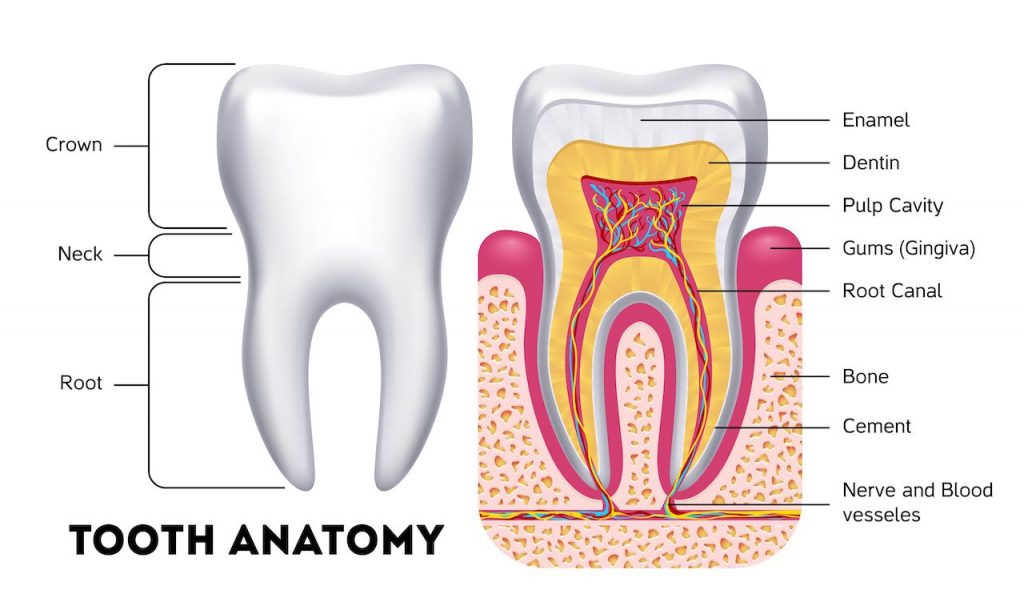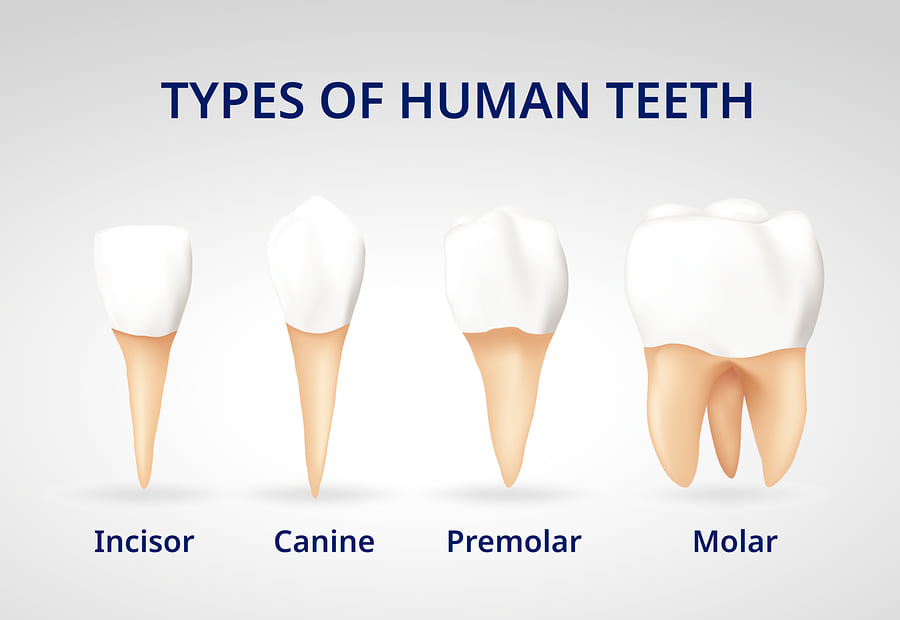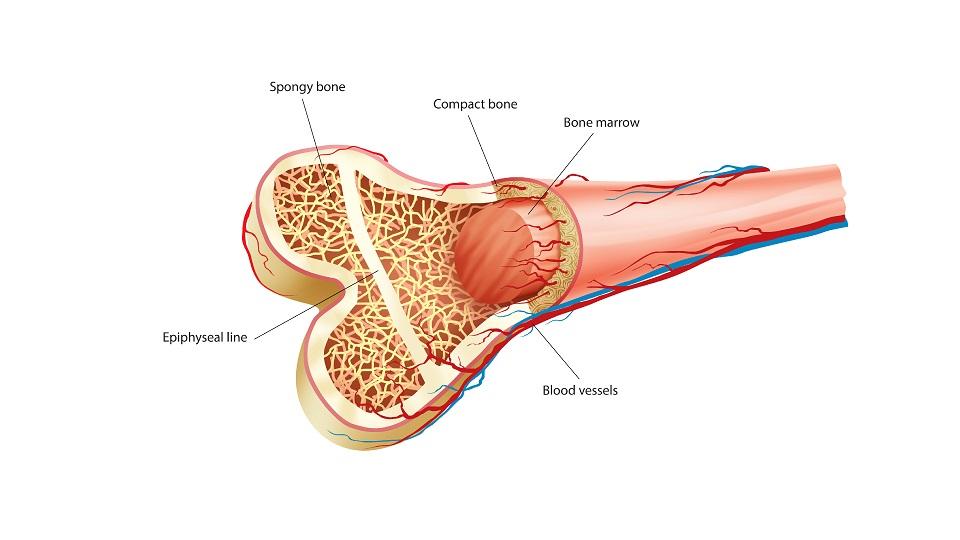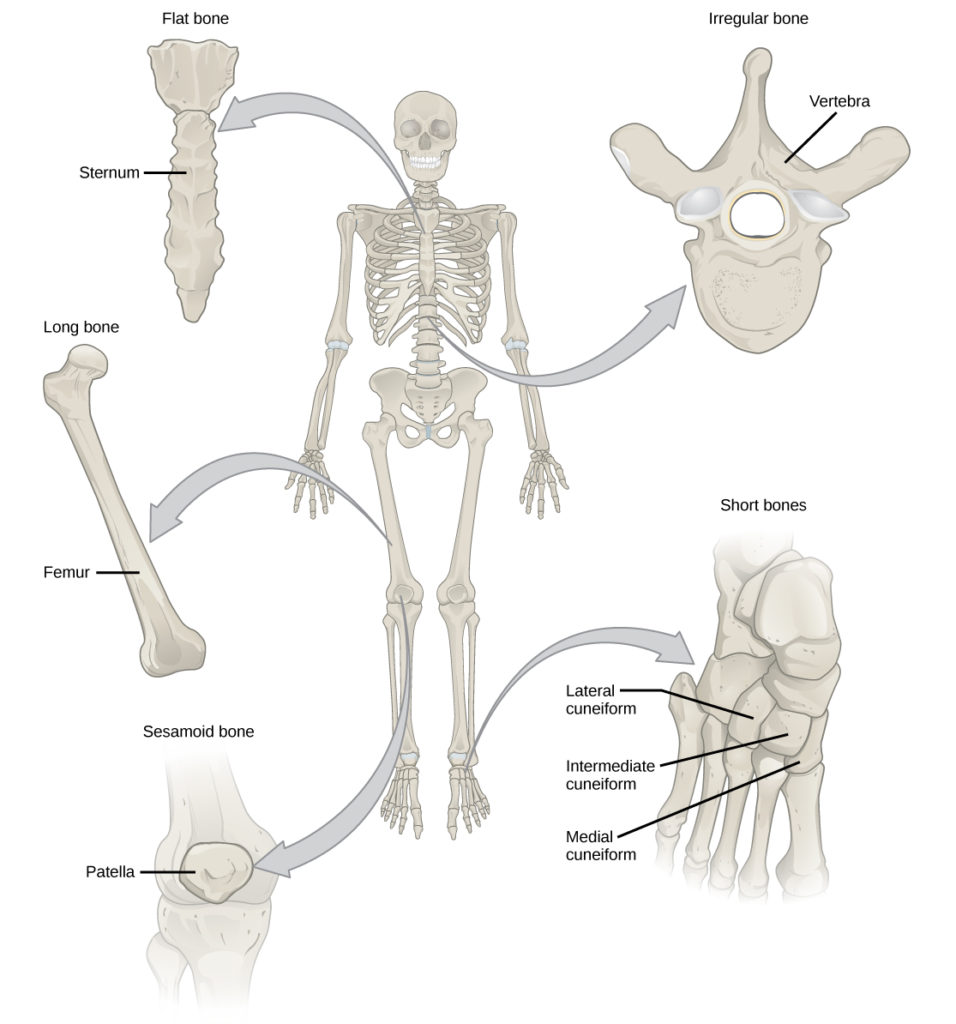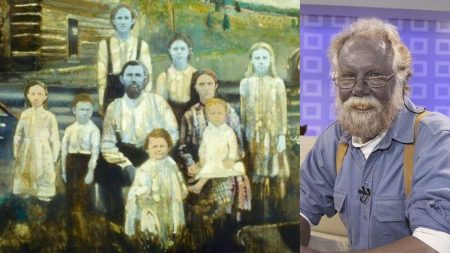Teeth and bones are often compared due to their similar appearance, but are teeth bones? It’s a common question that many people have, and the answer may surprise you. While teeth share some similarities with bones, they are not considered bones because they do not have the same structure or function in the body.
Teeth are not considered bones because they have distinct structural and compositional differences. Teeth are made up of enamel, dentin, pulp, and cementum, while bones consist of compact bone, spongy bone, and bone marrow.
Teeth primarily serve the purpose of chewing and breaking down food, whereas bones provide support, protect organs, and facilitate movement.
Additionally, teeth have limited regenerative abilities compared to bones, which have remarkable healing capacities.
Finally, teeth are more susceptible to decay and cavities, while bones are prone to fractures and conditions like osteoporosis.
Basic Anatomy and Composition of Teeth
Components of a Tooth
Teeth are made up of several different parts that work together to help us chew our food:
- Enamel: This is the hardest part of the tooth, and it covers the outer surface. It’s strong and white, and it helps protect our teeth from getting damaged.
- Dentin: Right below the enamel, there is a layer called dentin. It’s a bit softer than enamel but still pretty hard. Dentin helps support the tooth and gives it its shape.
- Pulp: In the center of the tooth, there’s a soft area called the pulp. The pulp contains blood vessels and nerves, which provide nutrients to the tooth and allow us to feel sensations like hot and cold.
- Cementum: This is a thin layer that covers the root of the tooth (the part that’s below the gum-line). Cementum helps to anchor the tooth in place by attaching it to the jawbone.
Tooth Structure and Function
- Crown: The part of the tooth that you can see above the gumline is called the crown. It’s covered in enamel and is the main part that we use to chew our food.
- Root: The root is the part of the tooth that is hidden below the gumline. It’s covered in cementum and helps to hold the tooth in place.
- Periodontal Ligament: This is a special kind of tissue that connects the tooth to the jawbone. It acts like a cushion and helps to hold the tooth securely in place.
Types of Teeth and Their Roles in Mastication (Chewing)
We have different types of teeth, and each one has a specific job when it comes to chewing our food:
- Incisors: These are the sharp, flat teeth at the front of your mouth. They’re great for biting and cutting food into smaller pieces.
- Canines: These teeth are next to the incisors and are pointed and sharp. They help to tear food, especially things that are tough, like meat.
- Premolars: Behind the canines, you’ll find the premolars. They have a flatter surface and are perfect for crushing and grinding food.
- Molars: These are the big teeth at the back of your mouth. They also have a flat surface and are used for grinding food down into tiny pieces, making it easier to swallow and digest.
Basic Anatomy and Composition of Bones
Components of a Bone
Bones are made up of different parts that give them strength and help them perform their many functions:
- Compact Bone: This is the hard, outer layer of the bone. It’s dense and strong, which helps to support our body weight and protect our organs.
- Spongy Bone: Inside the compact bone, there’s a lighter and more porous type of bone called spongy bone. It helps to absorb shock and distribute pressure throughout the bone.
- Bone Marrow: In the middle of some bones, there’s a soft, jelly-like substance called bone marrow. It’s responsible for making new blood cells, which our body needs to function properly.
Bone Structure and Function
There are different types of bones in our body, each with its own shape and function:
- Long Bones: These bones are longer than they are wide and are found in our arms and legs. They help us move and provide support to our body.
- Short Bones: Short bones are about as wide as they are long and are found in our wrists and ankles. They provide stability and help with fine movements.
- Flat Bones: These bones have a flat shape and are often thin. They can be found in our skull, ribs, and shoulder blades. Their main job is to protect our internal organs.
- Irregular Bones: Some bones don’t fit into any of the other categories and are called irregular bones. They have unique shapes and can be found in our spine and pelvis. They help with support, protection, and movement.
Roles of Bones in the Body
Bones are important for many reasons. They help with:
- Support: Our bones act like a strong framework that holds our body up and gives it shape.
- Protection: Bones help to protect our vital organs, like the brain, heart, and lungs, from getting injured.
- Movement: Bones work together with our muscles to help us move around and perform different actions.
- Mineral Storage: Bones store important minerals, like calcium and phosphorus, which our body needs to stay healthy.
- Blood Cell Production: The bone marrow inside some of our bones is responsible for making new blood cells, which are needed for things like carrying oxygen throughout our body and fighting off infections.
Key Differences Between Teeth and Bones
Structural and Compositional Differences
Teeth and bones may seem similar, but they have different structures and compositions:
- Enamel vs. Compact Bone: Enamel is the hard, outer layer of a tooth, while compact bone is the hard, outer layer of a bone. Enamel is actually stronger than compact bone, but it can wear down over time.
- Dentin vs. Spongy Bone: Dentin is found below the enamel in teeth and provides support, while spongy bone is found inside bones and helps absorb shock. Dentin is dense and hard, while spongy bone is more porous and lightweight.
- Pulp vs. Bone Marrow: Pulp is the soft, inner part of a tooth that contains blood vessels and nerves, while bone marrow is a soft, jelly-like substance inside some bones that makes new blood cells.
- Cementum vs. Periosteum: Cementum is a thin layer that covers the tooth’s root, while periosteum is a thin layer that covers the outer surface of bones. Both help to anchor the tooth or bone in place.
Functional Differences
Teeth and bones have different jobs in our body:
- Teeth: Their main job is chewing and breaking down food into small pieces that we can swallow and digest.
- Bones: They provide support, protect our organs, and help us move around.
Regenerative Capacities
Teeth and bones also differ in their ability to heal and regenerate:
- Teeth: They have limited regenerative abilities. If a tooth gets damaged or lost, it usually doesn’t grow back, and we might need a filling, crown, or implant to fix the problem.
- Bones: They have remarkable healing and regenerative abilities. If a bone breaks, it can usually heal itself over time, with the help of a cast or other support.
Sensitivity to External Factors
Teeth and bones can both be affected by external factors, but in different ways:
- Teeth: They are susceptible to decay and cavities, which can be caused by bacteria, poor oral hygiene, and consuming sugary foods and drinks.
- Bones: They are susceptible to fractures and osteoporosis (weakening of the bones), which can be caused by aging, poor nutrition, lack of exercise, and certain medical conditions.
Conclusion: Teeth And Bones – Different, But Equally Vital For Our Health.
In conclusion, while teeth and bones may share some similarities in appearance and mineral composition, they are actually fundamentally different from each other.
Teeth are primarily responsible for chewing and breaking down food, while bones provide support, protect our organs, and help us move.
Additionally, teeth have limited regenerative abilities compared to the remarkable healing capacities of bones.
Understanding the distinction between teeth and bones is important because it helps us appreciate the unique roles they play in our bodies.
By knowing these differences, we can better take care of our teeth and bones and maintain a healthy body. Remember to practice good oral hygiene, like brushing and flossing regularly, and visit your dentist for check-ups.
For your bones, make sure to eat a balanced diet, exercise regularly, and get enough calcium and vitamin D to keep them strong and healthy. By taking care of both your teeth and bones, you’re setting yourself up for a healthier and happier life!
FAQs
No, teeth are not classified as bones in the human body despite having similarities such as being composed of minerals like calcium and phosphorus.
The main difference between teeth and bones is their composition. Bones have living cells that produce new tissue while teeth do not have this ability since they are made up of enamel, dentin and pulp.
Yes, a tooth can crack or fracture similar to how a bone can break but it won’t heal on its own like bones do due to their different biological structures.
Though both involve musculoskeletal systems of the human body, dentists specialise in treatments related to oral health including the diagnosis and treatment of gum disease, cavities or root canal infections which require different types of expertise than those provided by orthopaedic surgeons who primarily treat injuries affecting other areas such as muscles or joints rather than just focusing on oral tissues alone.
Sources:
Read More Interesting Articles:
- The Strange Story of Albert Einstein’s Brain After Death & The Key Findings
- Will Artificial Intelligence (AI) destroy human existence in future?
- Meet Shakuntala Devi: The Human Computer of the World
- 3 Reasons Why School Buses Are Yellow In Color
- Strange case of Vasu Bhanot – Parallel Universe in Nainital, India
